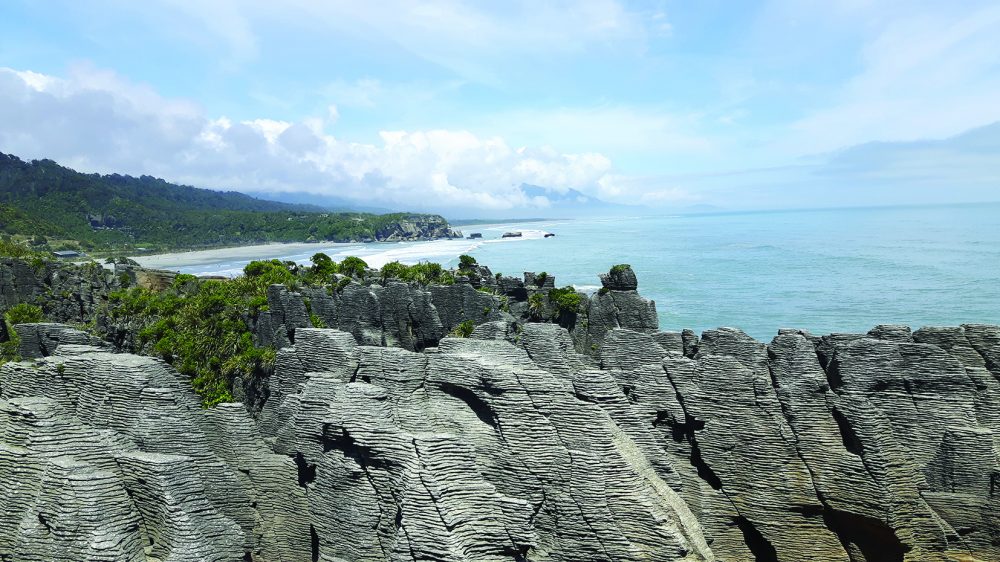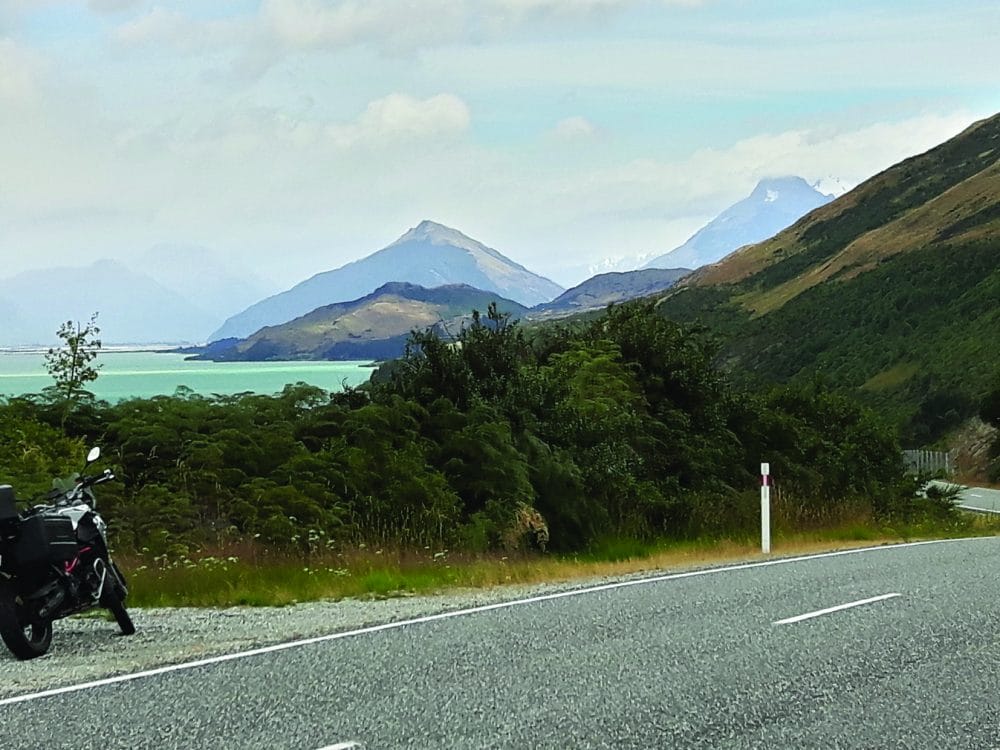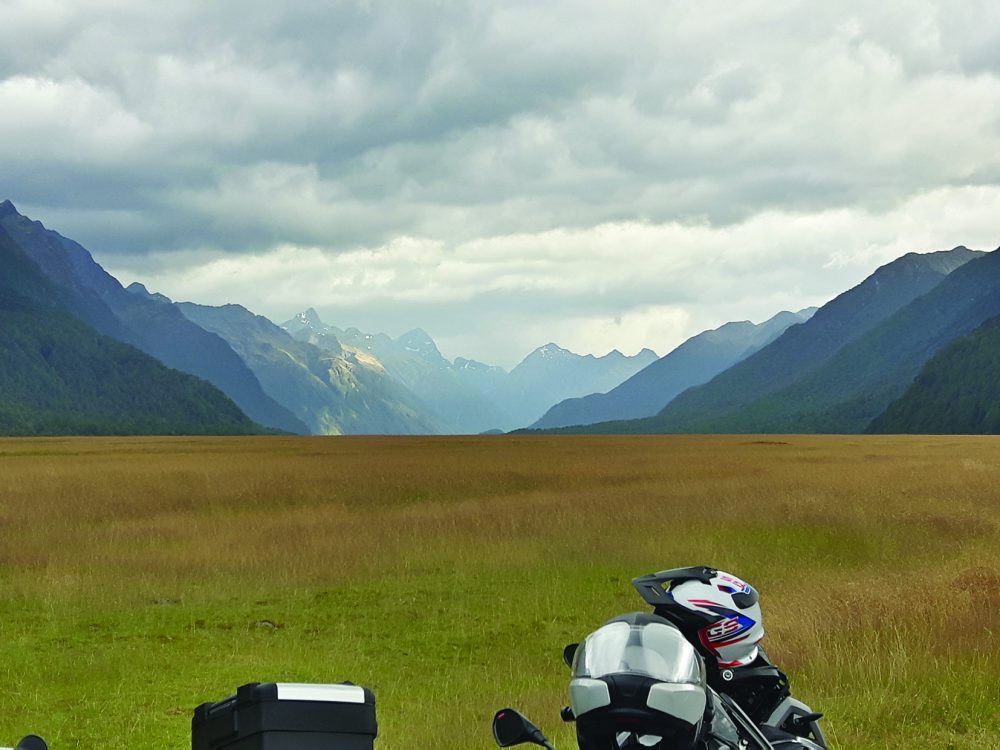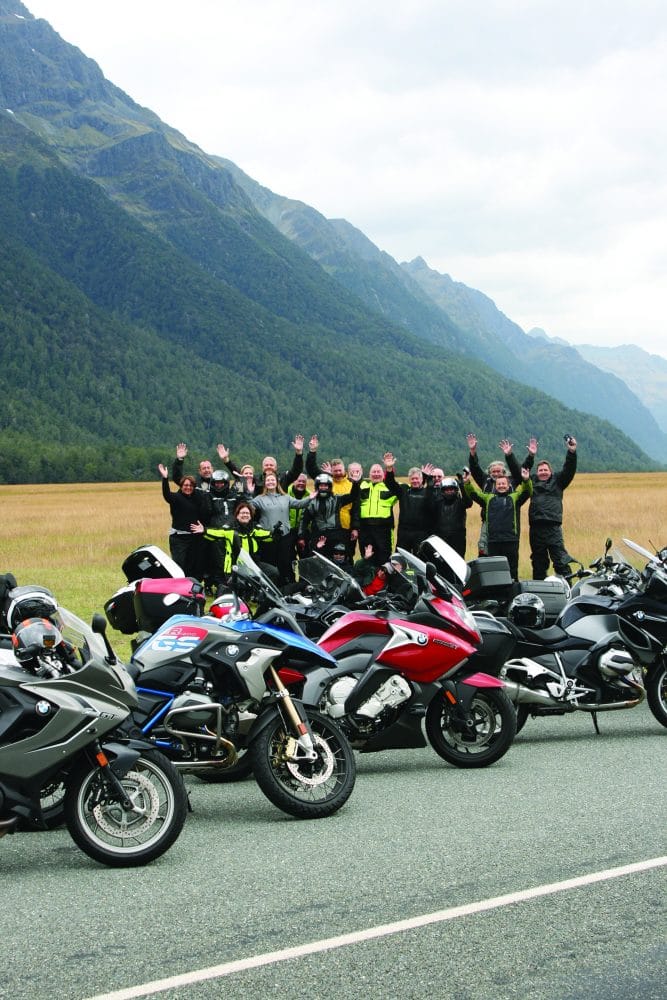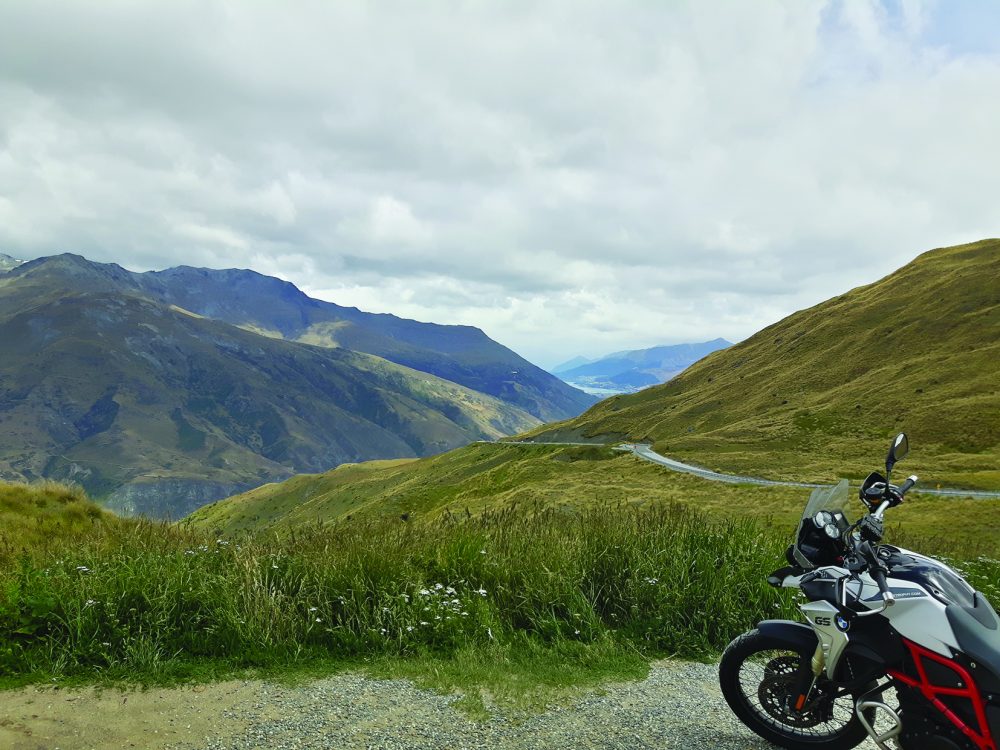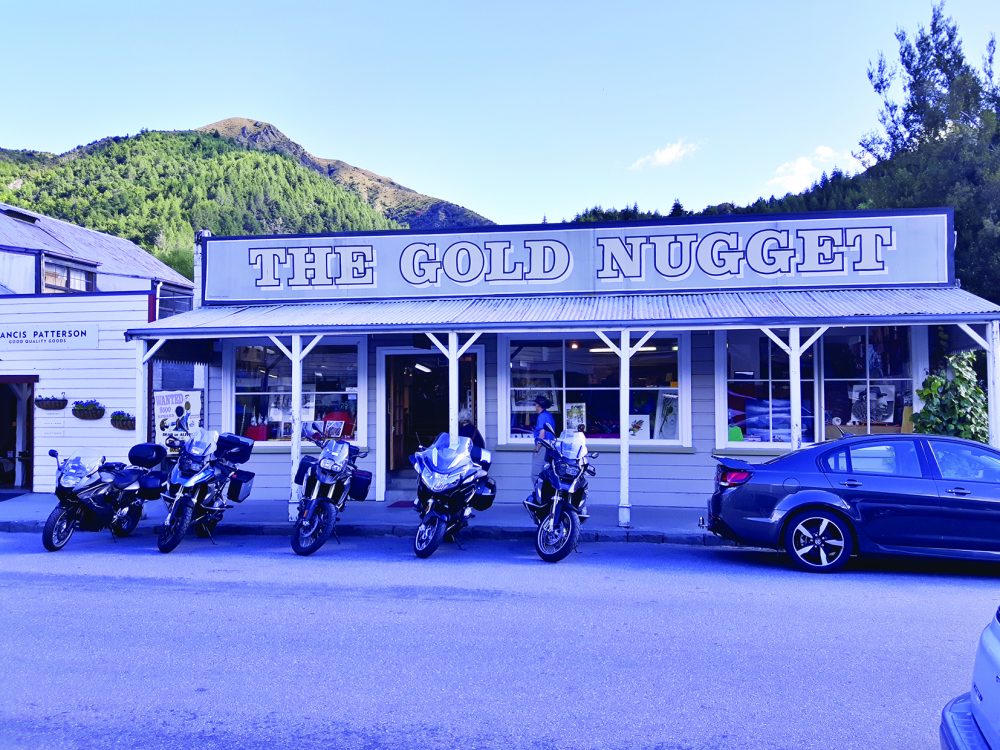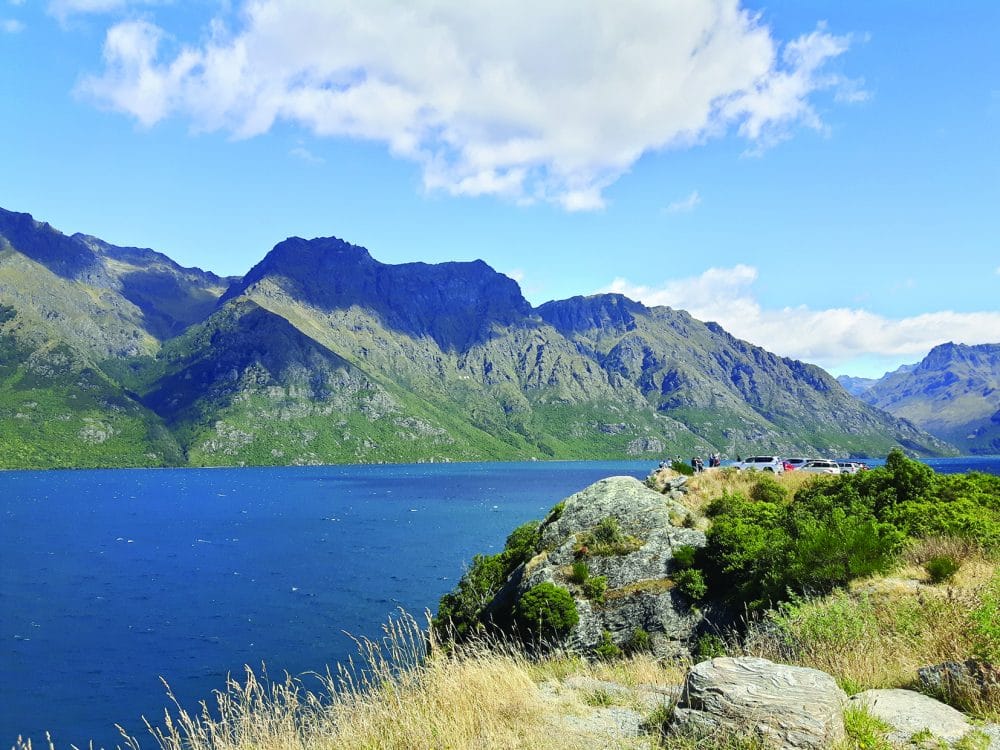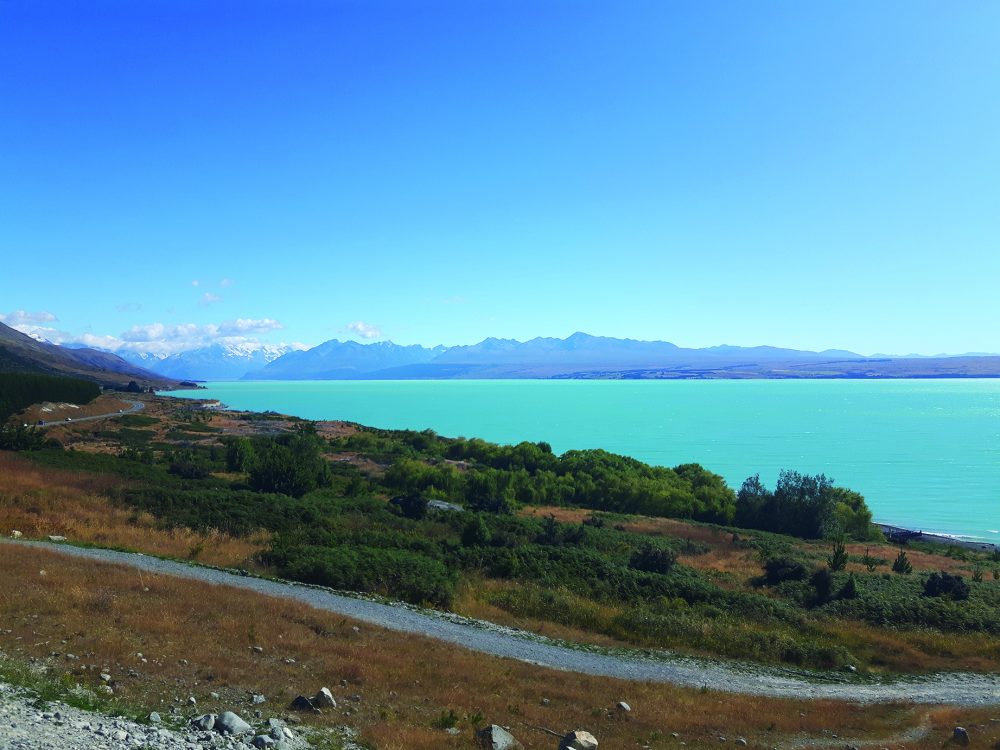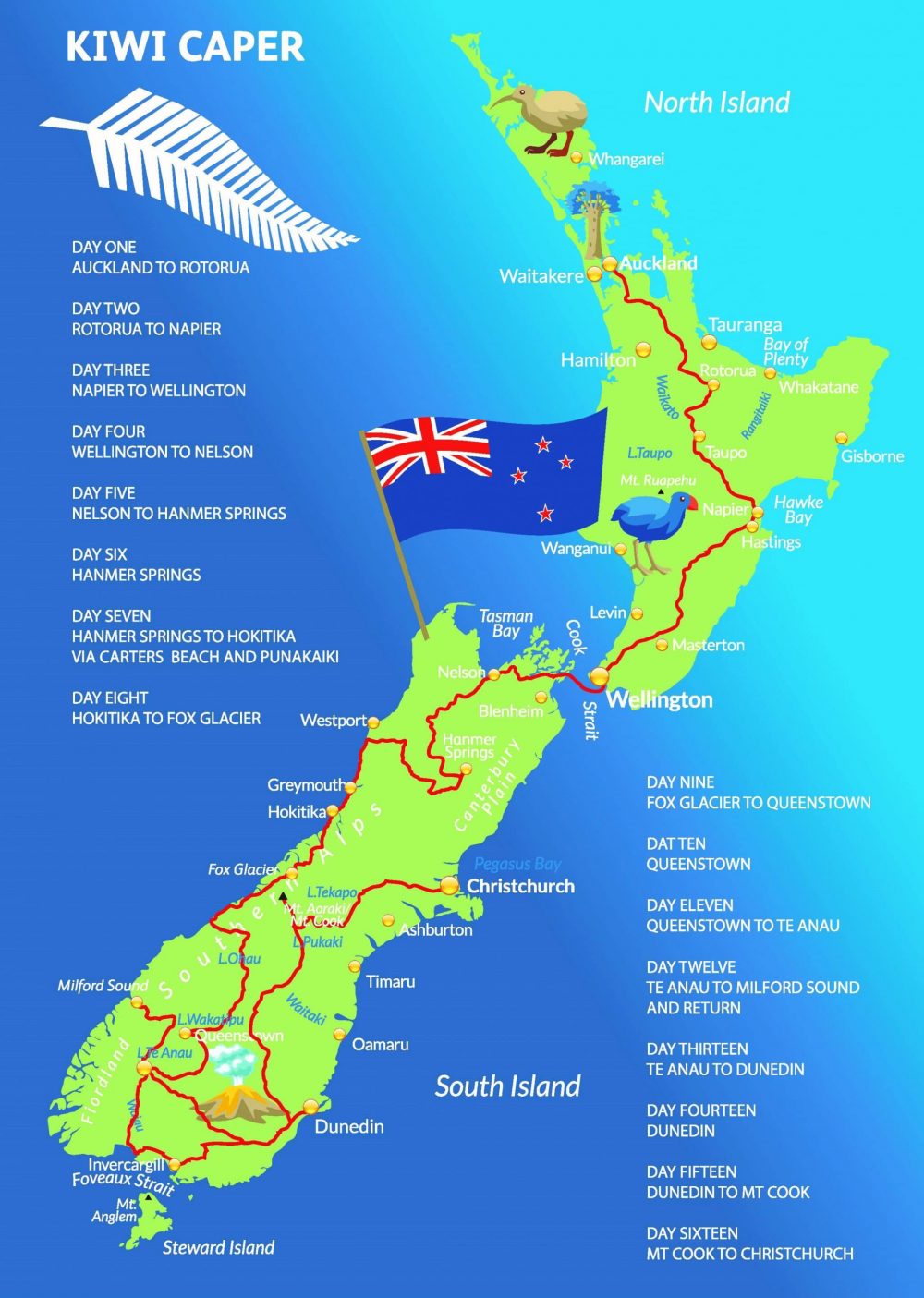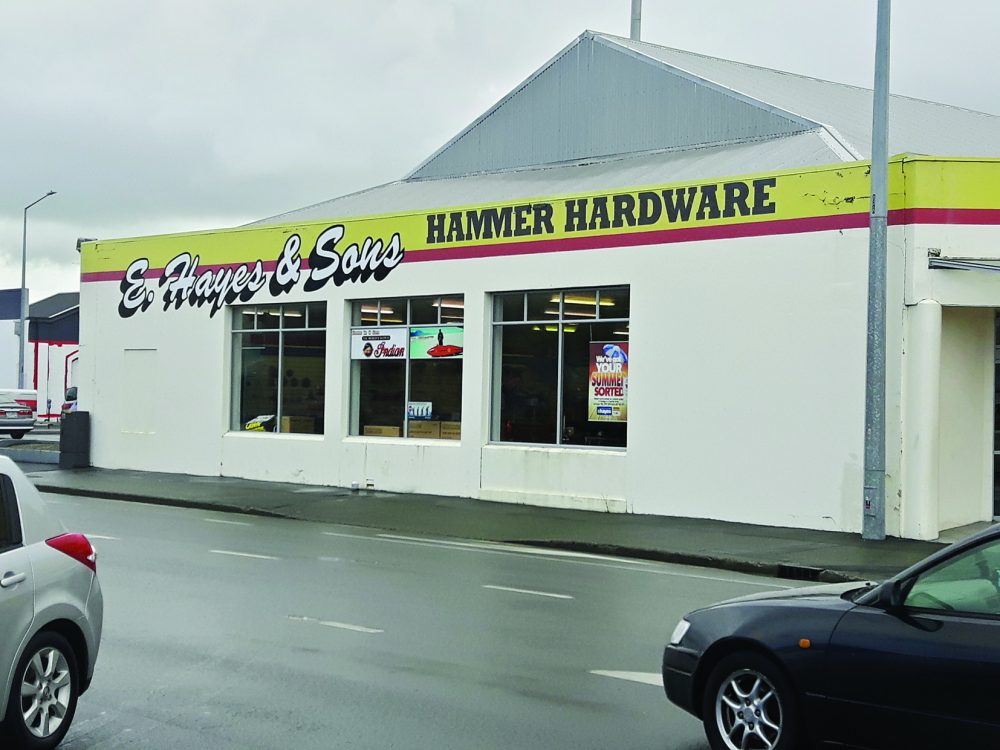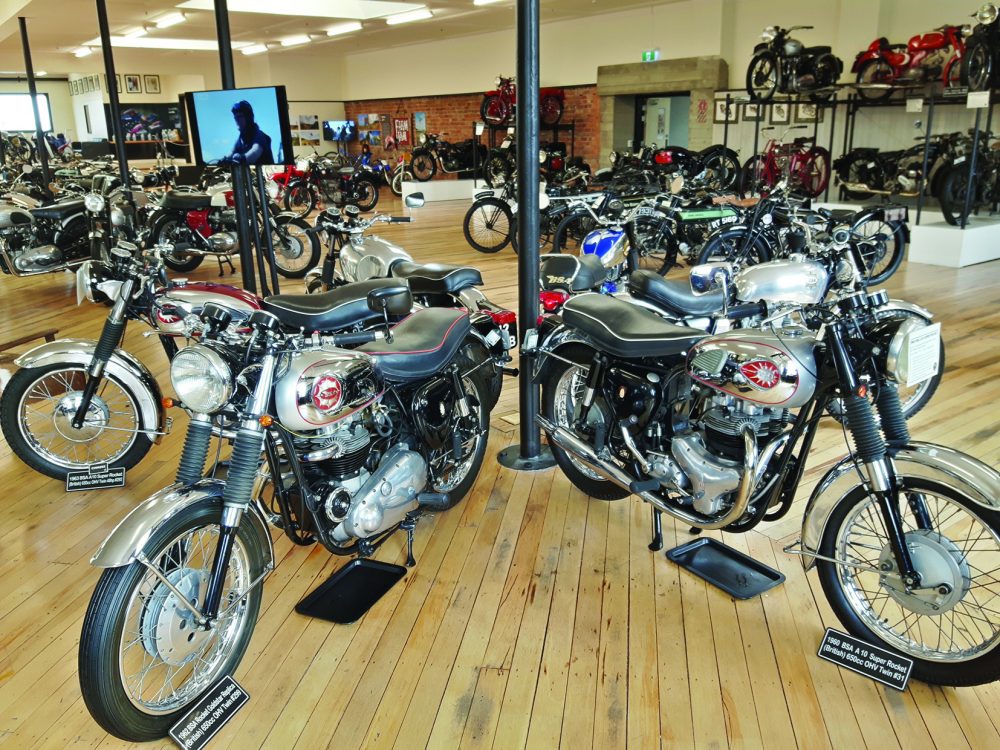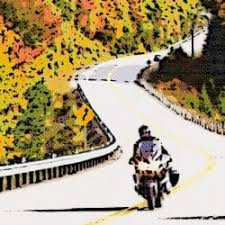Last year the club ran the RideUP Scheme again. This is where we pay for young riders (under 30 years old) who have passed their test in the past two years to take the Advanced Riders Course including Test; give them free Look Lean & Roll and Advanced Braking courses; Club Membership for a year; and then when they pass their test, a free track skills day at Thruxton or Castle Combe.
You would imagine that we were inundated with applicants for the 25 places we had on offer and we had to operate a very strict qualification process to fight off the hoards of leather-clad bikers queueing at the Welcome Desk each St Crispin’s wanting to sign-up.
Unfortunately not!
Last year we recruited only 4 new members to the Scheme. So either that means riders are now born with advanced riding skills (unlike those of us who first threw a leg over a bike in the ‘70s); or Direct Access courses are now so good they teach what you need to get your licence and advanced riding skills – all within a week; or, most likely, we’re just not getting the message across that there’s a better way to build roadcraft skills in advance of visits to the ditch, hedgerow, or A&E.
This season we’re again offering 25 places on the RideUP scheme. With over 1,000 bikers talking to other bikers across the Thames Valley I hope we’re more successful in convincing young riders that there’s a fun way to improve their riding that may just save their life – and it’s free. Every one of us can help promote the Scheme – so when you’re out and about and talking to other bikers mention RideUP. Details are on the web at: rideup.tvam.org.
Those of you at St. Crispin’s the past couple of months will have heard us talk about the TVAM Shop. Please take a few minutes next month when drinking your coffee to take a look at the things they have on offer. Many are at a discount/trade price, such as the TVAM badged fleeces last month at just £15. As with any store, the shop depends on customers, so please use it or risk losing it. It’s also available online at tvam.org.
Finally, a new booklet, ‘Insights Into Advanced Motorcycling’, was released at St Crispin’s last month and over 70 copies were bought by members on the day. With a forward by Shaun Cronin of the IAM, the booklet covers many areas that Associates ask questions about and many think it’s easier to read than the Advanced Rider Course Handbook. The Club will be selling them to the public at events this summer in order to appeal to those who may not understand what Advanced Riding is all about and for whom the £140 course fee is a big commitment. At just £5, of which £2 goes to Club funds, it might bridge the knowledge gap and entice more riders to sign up. It’s available in the TVAM WebShop to buy, or for anyone organising a TVAM event stand talk to Phil Donovan (email: eventsdiary@tvam.org) who holds stock.
Spring has Sprung, tyres are being scrubbed, and old haunts being revisited. The social run calendar is bursting with activities from breakfast runs to week-long trips abroad and training courses. With the whole season ahead of us it’s an exciting time to be a biker and TVAM member.
Have fun and stay safe.
Andy Slater
Chairman


